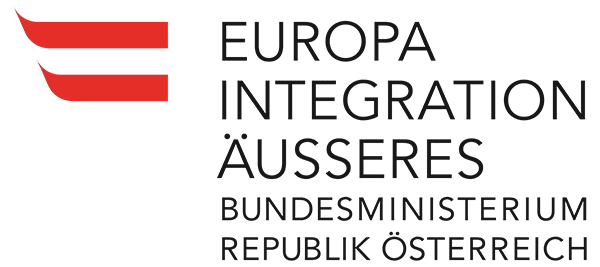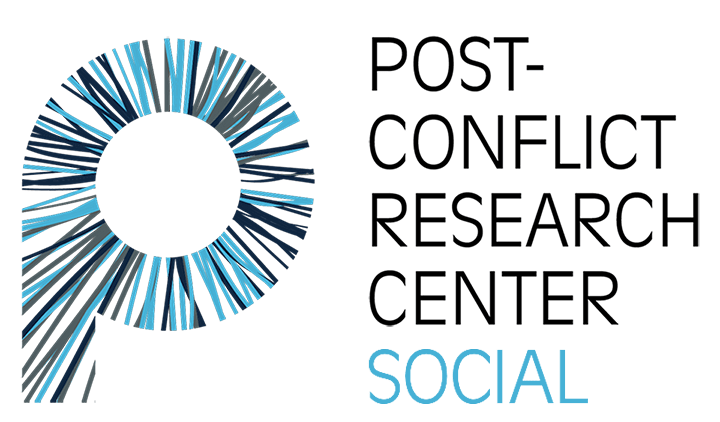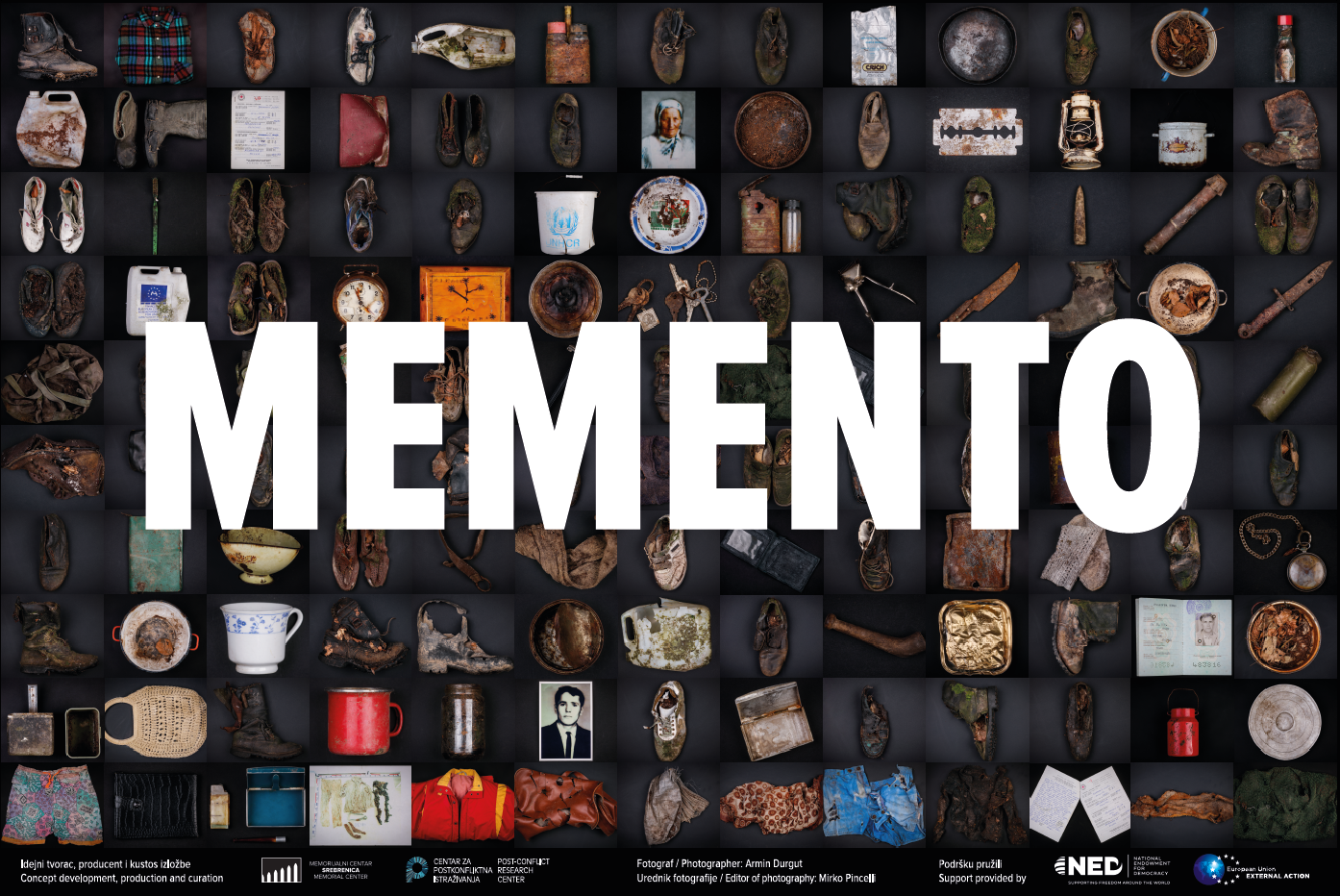
The commemoration of the 30th anniversary of the Srebrenica genocide has begun at the European Union headquarters in Brussels, through a partnership between the European External Action Service, the Srebrenica Memorial Center, and the Post-Conflict Research Center.
On this occasion, the photographic exhibition MEMENTO: Fragments of the Srebrenica Genocide was opened, carrying the message that remembrance is not merely an annual commemoration but a daily call to stand against hatred, intolerance, and injustice. Through the photographs by Armin Durgut, MEMENTO presents a collection of portraits and testimonies of genocide survivors, alongside items found in mass graves, on the Death March route, or donated by victims’ families.
The exhibition was inaugurated by Kaja Kallas, the EU’s High Representative for Foreign Affairs and Security Policy and Vice-President of the European Commission, alongside representatives of the Srebrenica Memorial Center and the Post-Conflict Research Center.
Kallas emphasised that despite the monstrous intentions to destroy an entire people, the legacy of those who were killed lives on forever in our memories, as reflected in the name of the exhibition: MEMENTO.
“As this exhibition seeks to remind us, remembering these crimes is not just a yearly ritual. It is a daily call to oppose hatred, intolerance, and injustice, no matter how small the act may seem. By doing so, we break the rules of atrocity and help prevent history from repeating itself,” Kallas said, stressing that remembrance must be an everyday commitment – to be better and to do better.
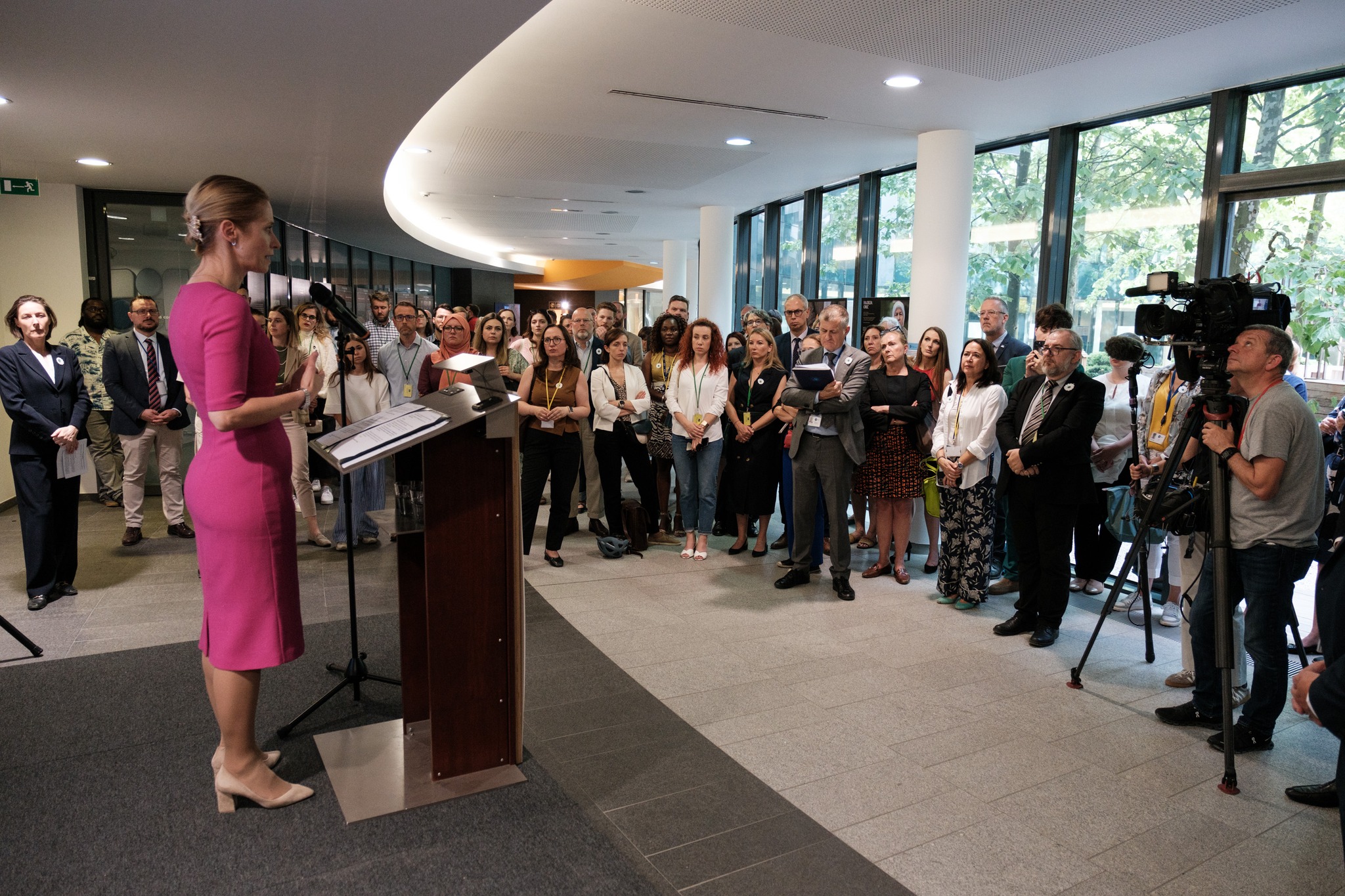
The MEMENTO exhibition opened on 25 June, so as not to coincide with events in Bosnia and Herzegovina that will be held on 11 July – the International Day of Remembrance of the Srebrenica Genocide, marking thirty years since the genocide, in accordance with the UN General Assembly resolution 78/282 adopted last year.
The content and concept of MEMENTO, where each artefact is accompanied by a survivor’s personal story showing the human perspective of one of Europe’s greatest atrocities, was produced by the Post-Conflict Research Center and the Srebrenica Memorial Center. For this occasion, the Outreach Programme of the International Residual Mechanism for Criminal Tribunals prepared introductory panels presenting the work of the Hague Tribunal, now continued by the Residual Mechanism, and the judicially established facts about the Srebrenica genocide.
Kallas reminded attendees of the crimes committed in Srebrenica in July 1995, stating: “Today we know that over 8,000 Bosniak men and boys were systematically murdered, and that the Bosnian Serb army and military leaders intended to eliminate the Muslim population of Eastern Bosnia. We know, beyond reasonable doubt, that this was genocide, as confirmed by the international tribunal. The perpetrators tried to cover up their crimes. They tried to cover the deaths which humanity had seen. But the truth always comes out.”
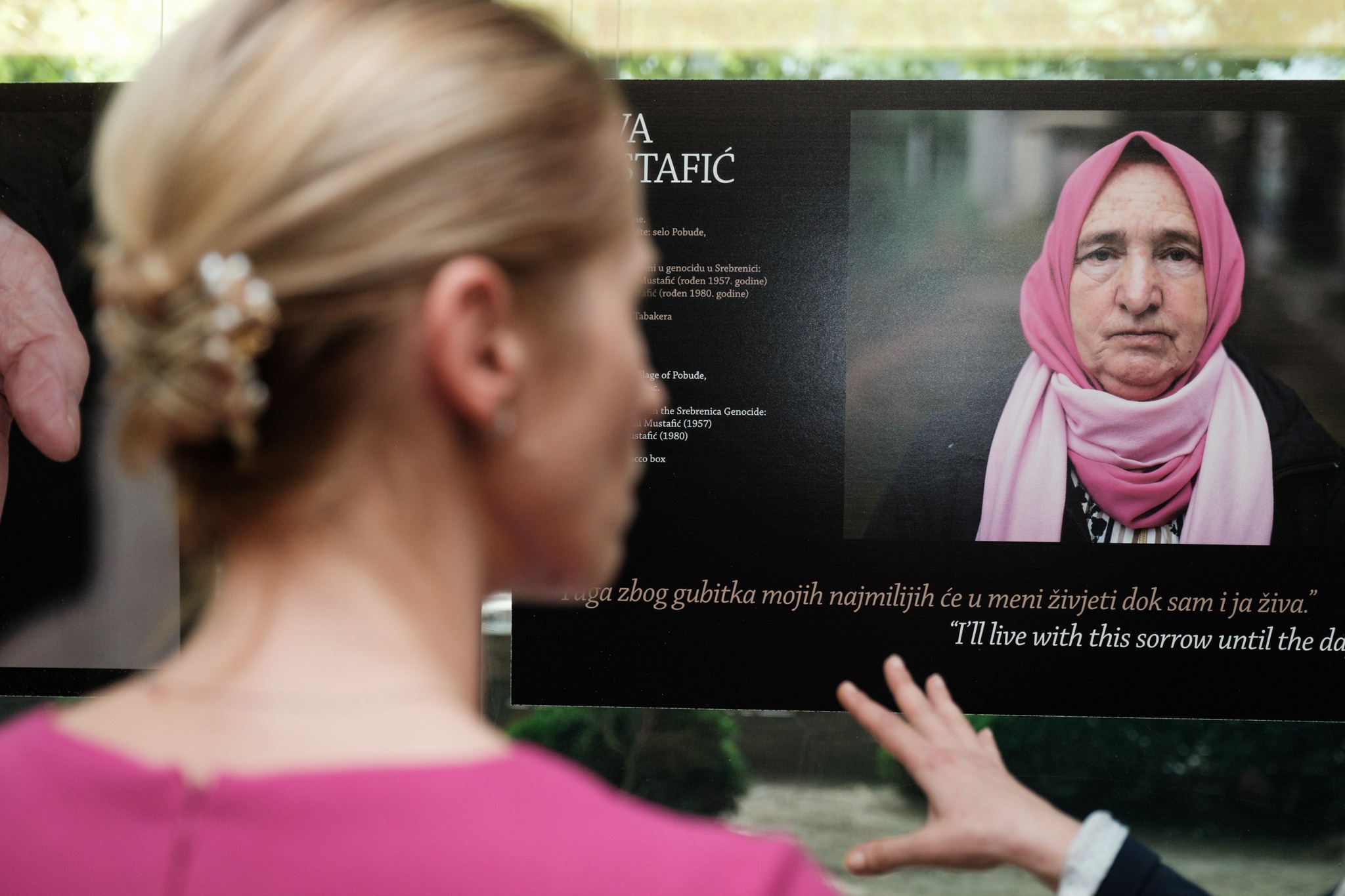
Thirty years after the genocide, the International Criminal Court continues to investigate allegations of war crimes, crimes against humanity, and genocide around the world. “There is no way the truth won’t come out. And this is another ugly truth we must accept today, that one atrocity is not the deterrent for the next. If it were, then history would never repeat. We ourselves must stop history from repeating,” Kallas said, adding: “There are no words to capture our emotions, especially in the face of persistent evil.”
The images in the exhibition, according to Kallas, carry powerful messages. “The pocket watch, marking a moment when time stopped for its owner, a pair of shorts belonging to a teenager, never to be worn again. The destiny of a woman still looking for her eldest son, 30 years after, and thousands of people are still missing today.”
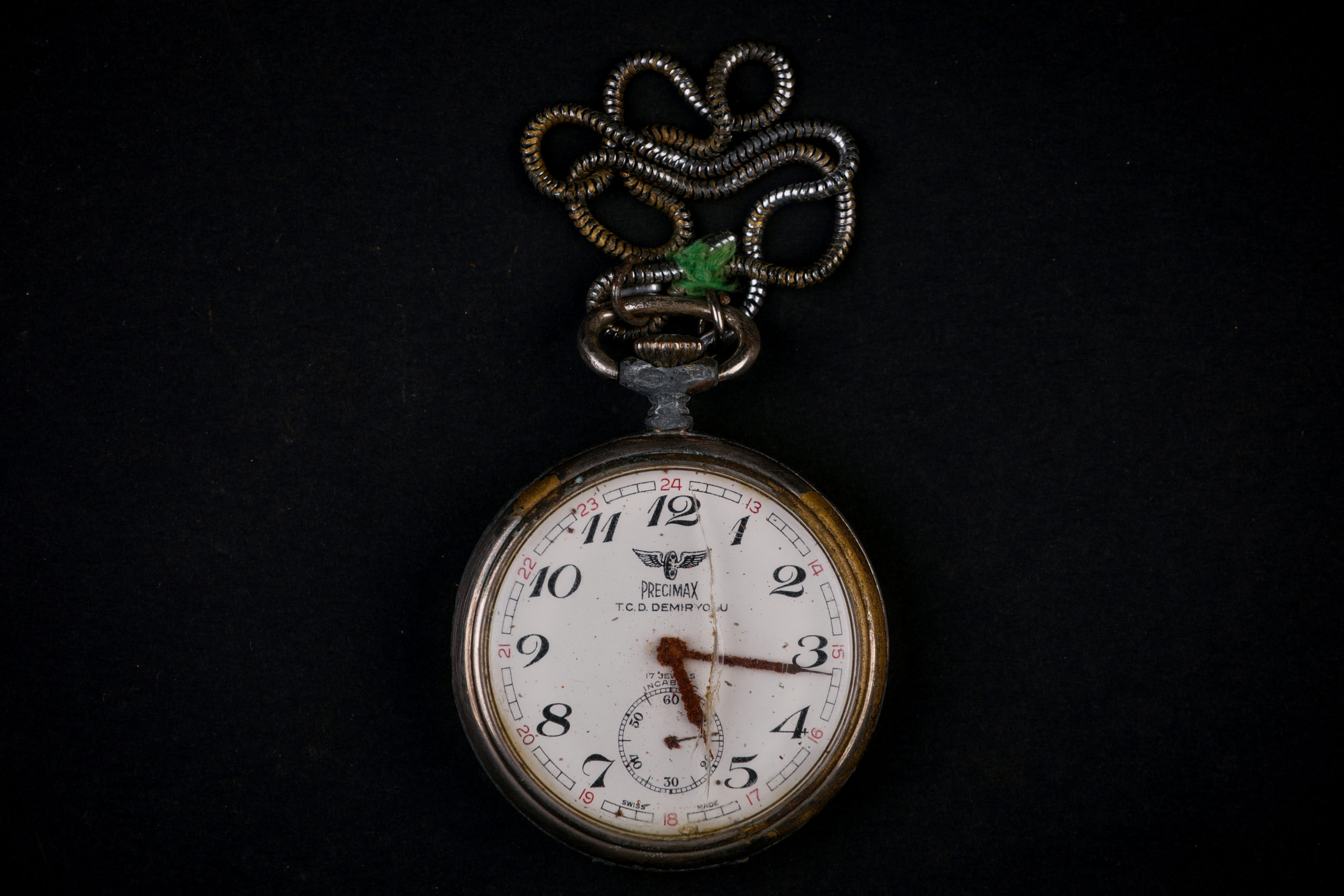
Velma Šarić, president and founder of the Post-Conflict Research Center, described the exhibition as a strong reminder of Bosnia and Herzegovina’s journey towards peace and justice, hoping to inspire young people to learn from the past, promote peace, and stand against hatred and violence – now and in the future.
“This July in Srebrenica, we will welcome thousands of people, including many young people from across Europe, with a clear message – hatred must never again shape our beliefs or our actions,” said Šarić. She added that the Euro-Atlantic integration path offers all Western Balkan countries a new opportunity to approach the past peacefully and inclusively, and to ensure that the ideologies that led to war and genocide never return.
Šarić highlighted the importance of judicial work, noting that through the efforts of the Hague Tribunal and the courts of Bosnia and Herzegovina, Serbia, and Croatia, 56 individuals have been convicted of war crimes and genocide in Srebrenica, receiving over 810 years of prison sentences, including five life sentences.
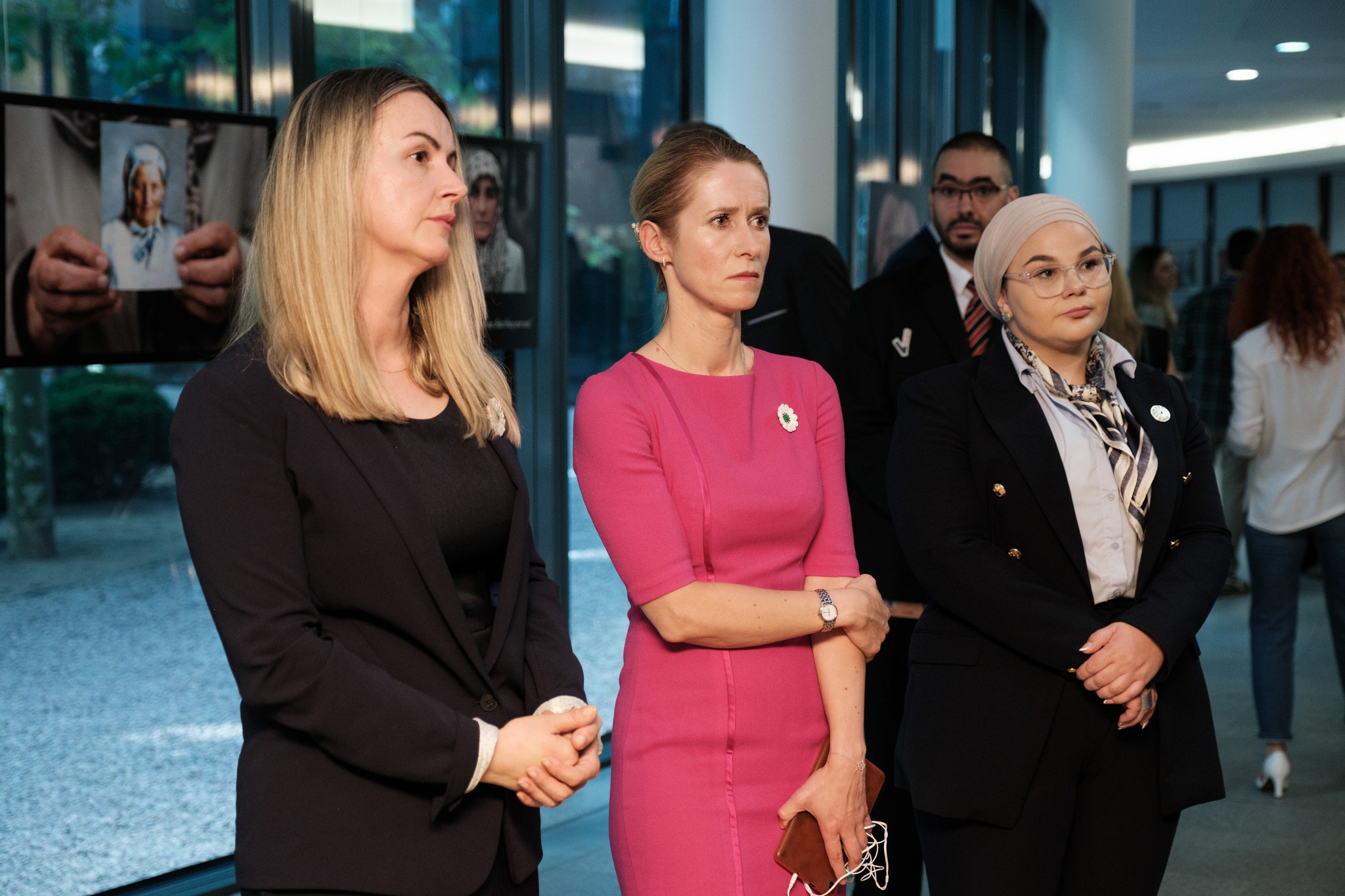
At the opening of MEMENTO, Mirela Osmanović from the Srebrenica Memorial Center also spoke, emphasising that in times when denial grows louder, when war criminals are not only defended but openly glorified, when murals replace court verdicts, and when silence answers hate speech, this exhibition stands as a reminder that truth is not a matter of opinion but of facts and moral responsibility.
The photographic exhibition MEMENTO: Fragments of the Srebrenica Genocide will remain open to visitors at the European External Action Service until the end of September. On 1 July in Brussels, a film screening and roundtable discussion were also organised, in cooperation with the Balkan Investigative Reporting Network (BIRN BiH) and the Srebrenica Memorial Center.




